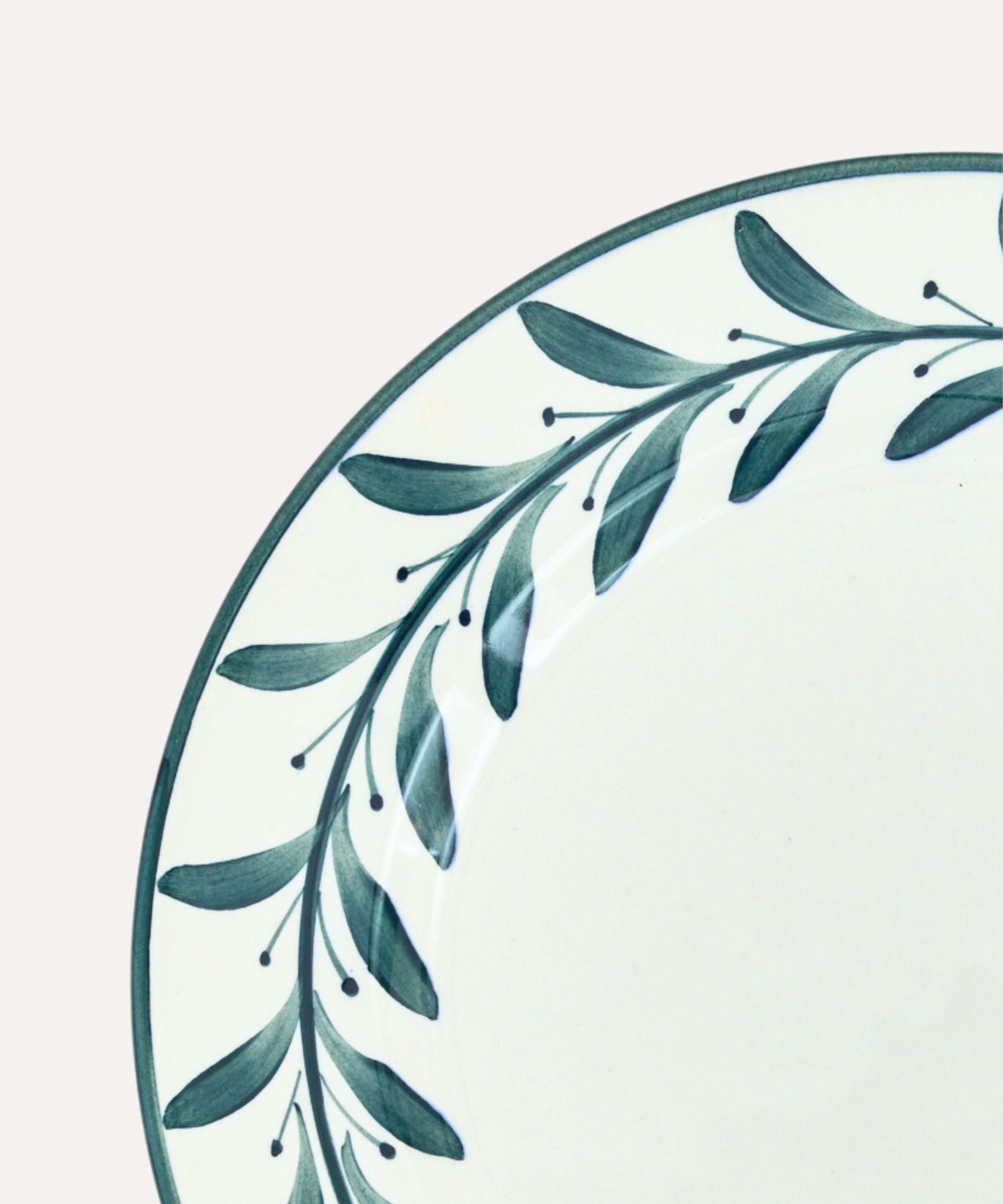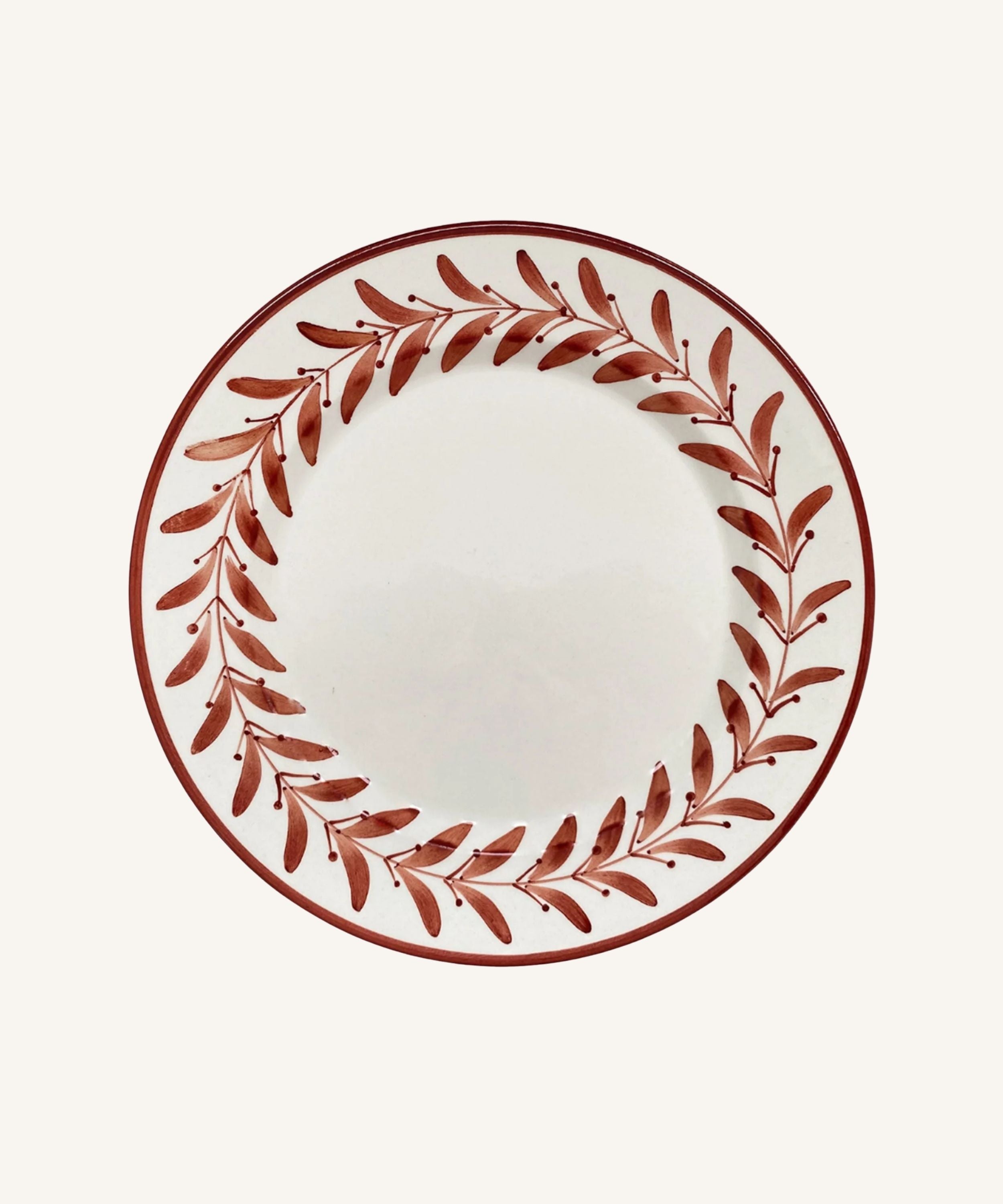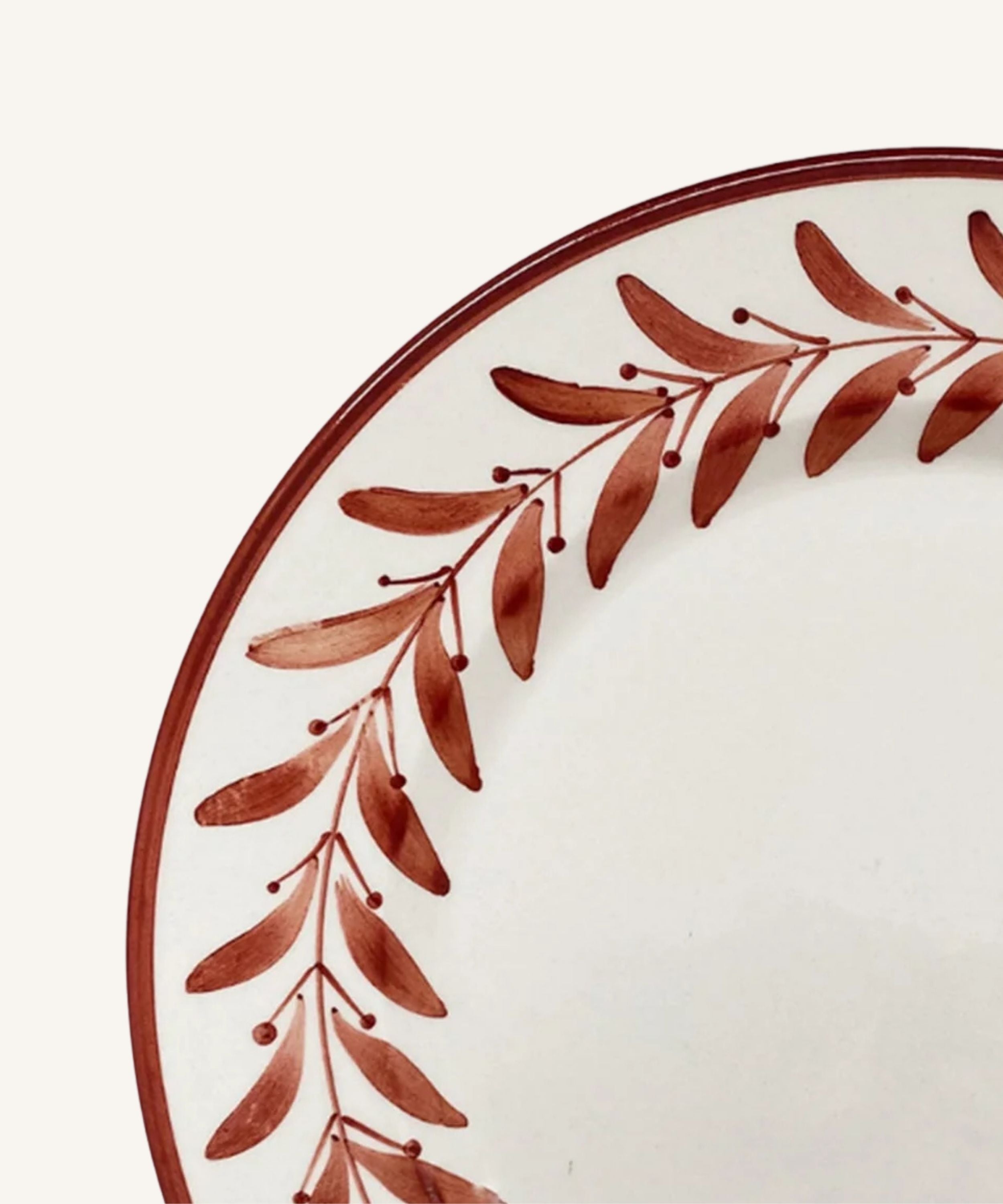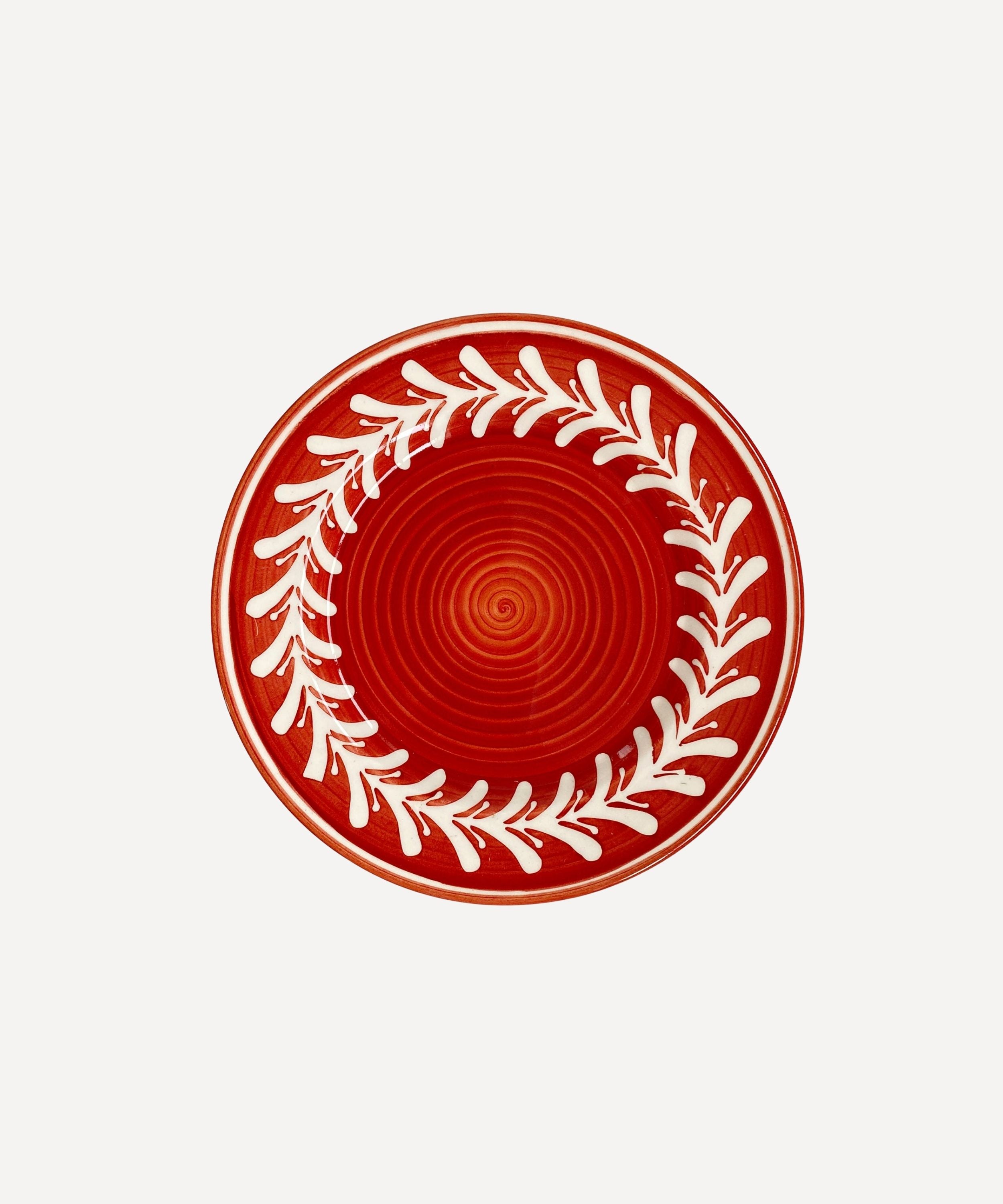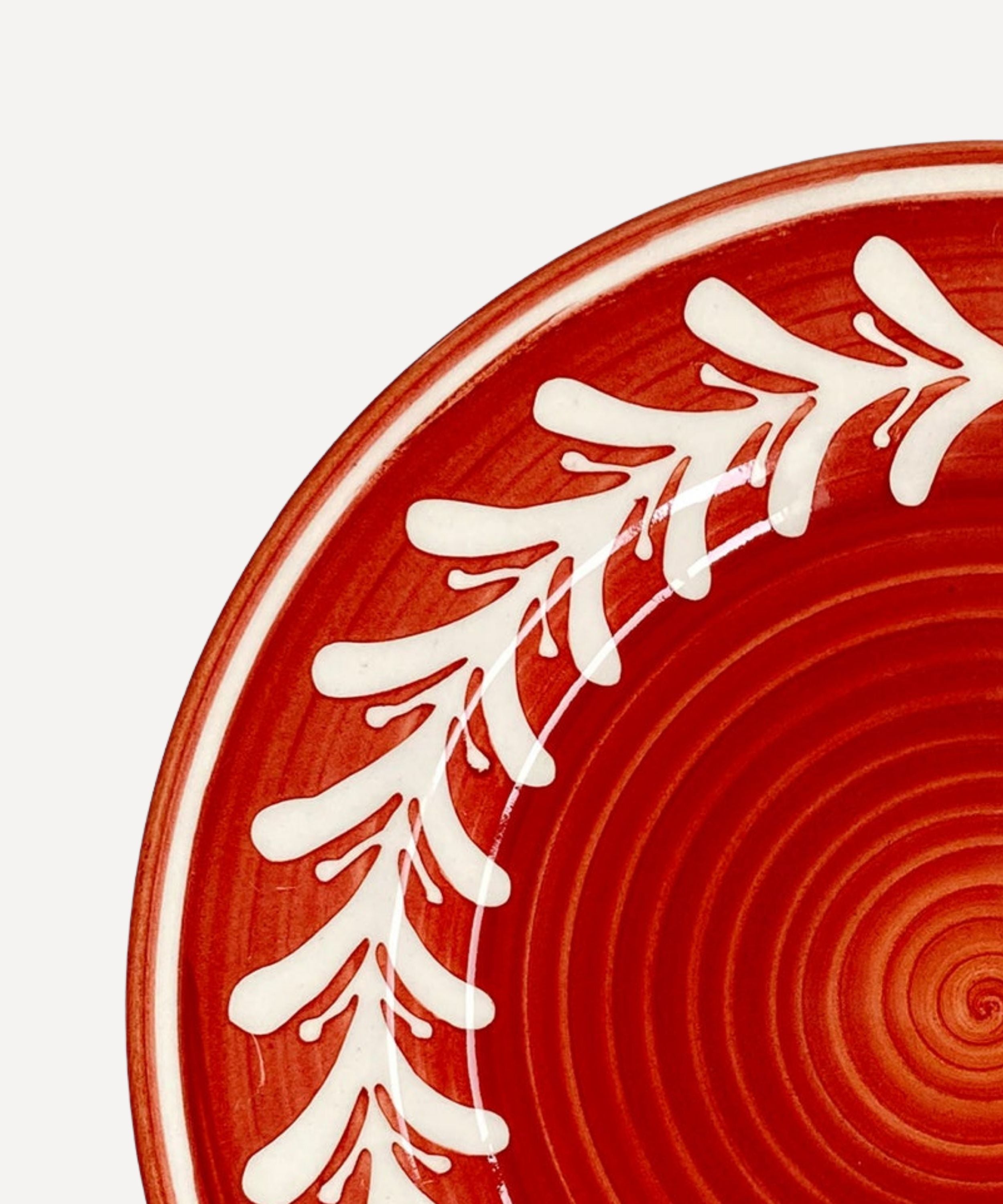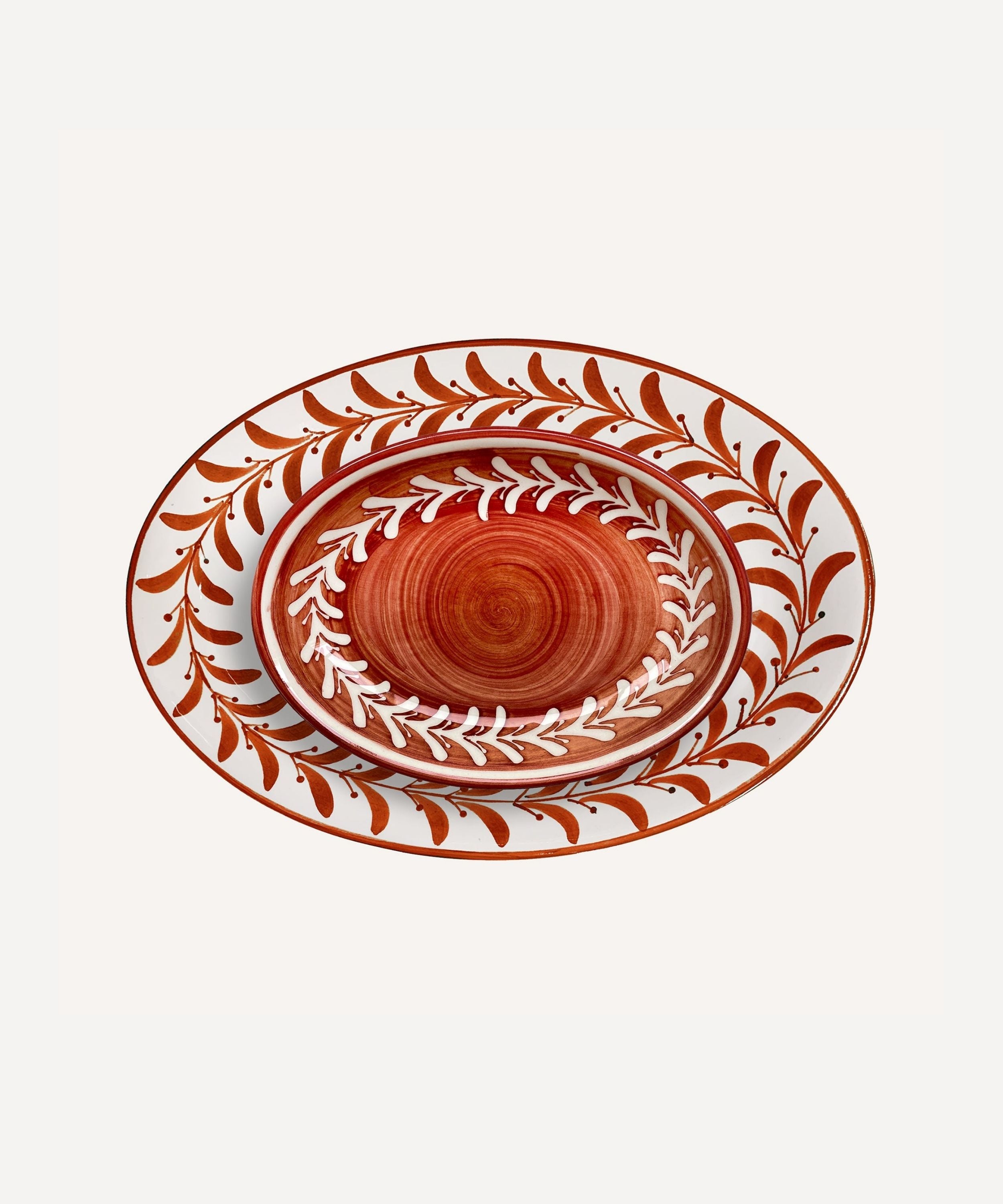our artisans
The Ceramic Artists of Carmen del Viboral

Location

History

Materials
The Process

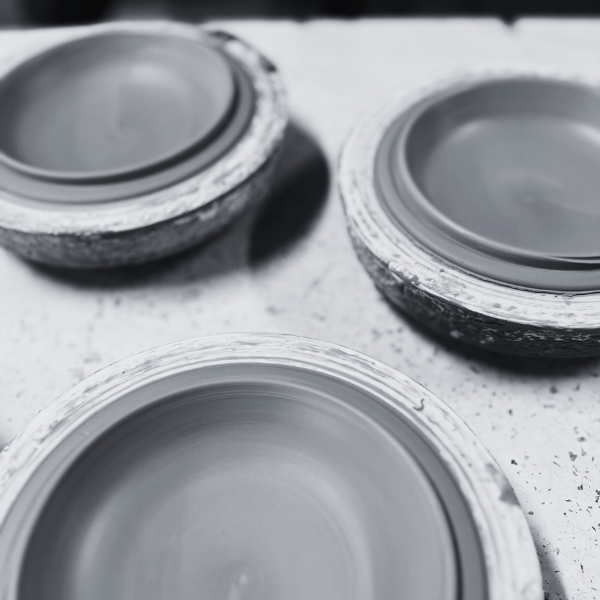
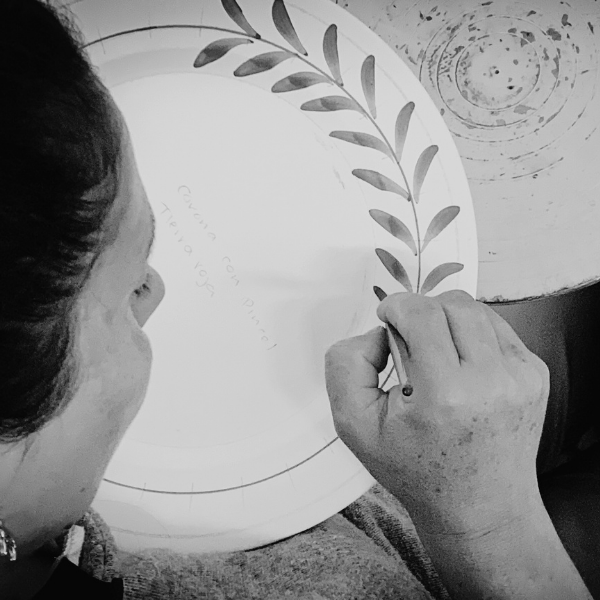
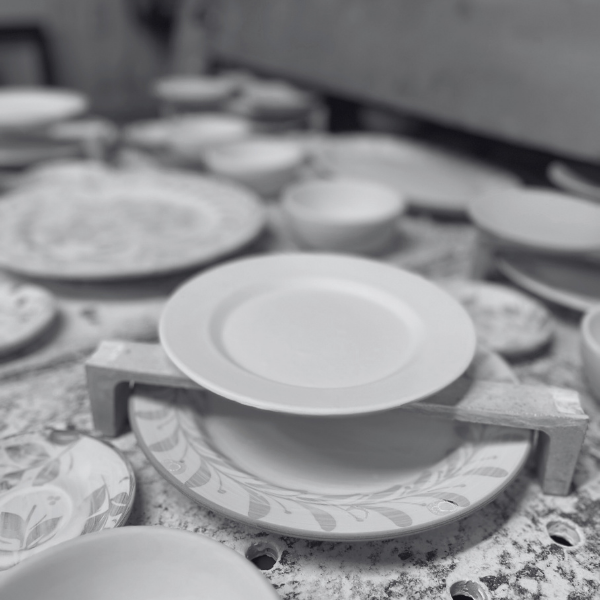
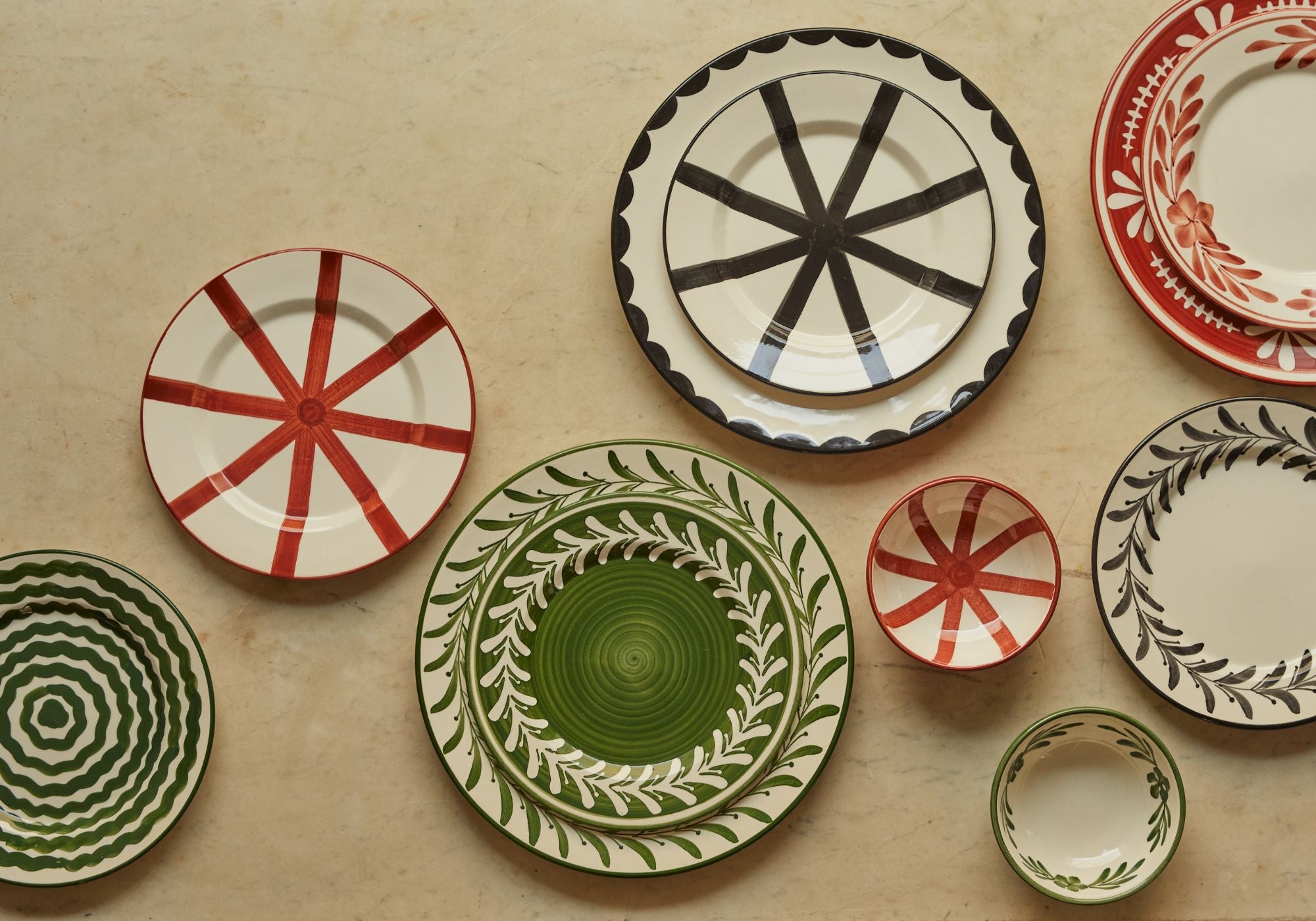
Carmen del Viboral Today
Shop the Range
Helecho Dinner Plate, Teal
Sale price£37.50
Helecho Dinner Plate, Rust Red
Sale price£37.50
Dark Helecho Side Plate, Rust Red
Sale price£41.25
Helecho Serving Trays (set of two) - Rust Red
Sale price£120.00


